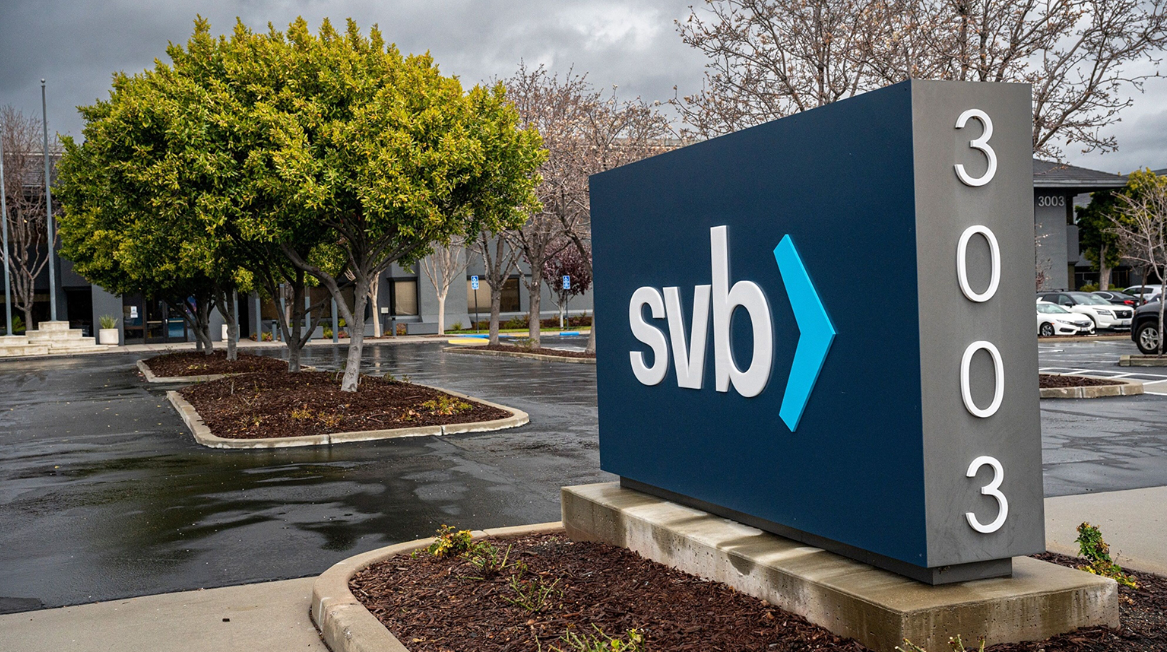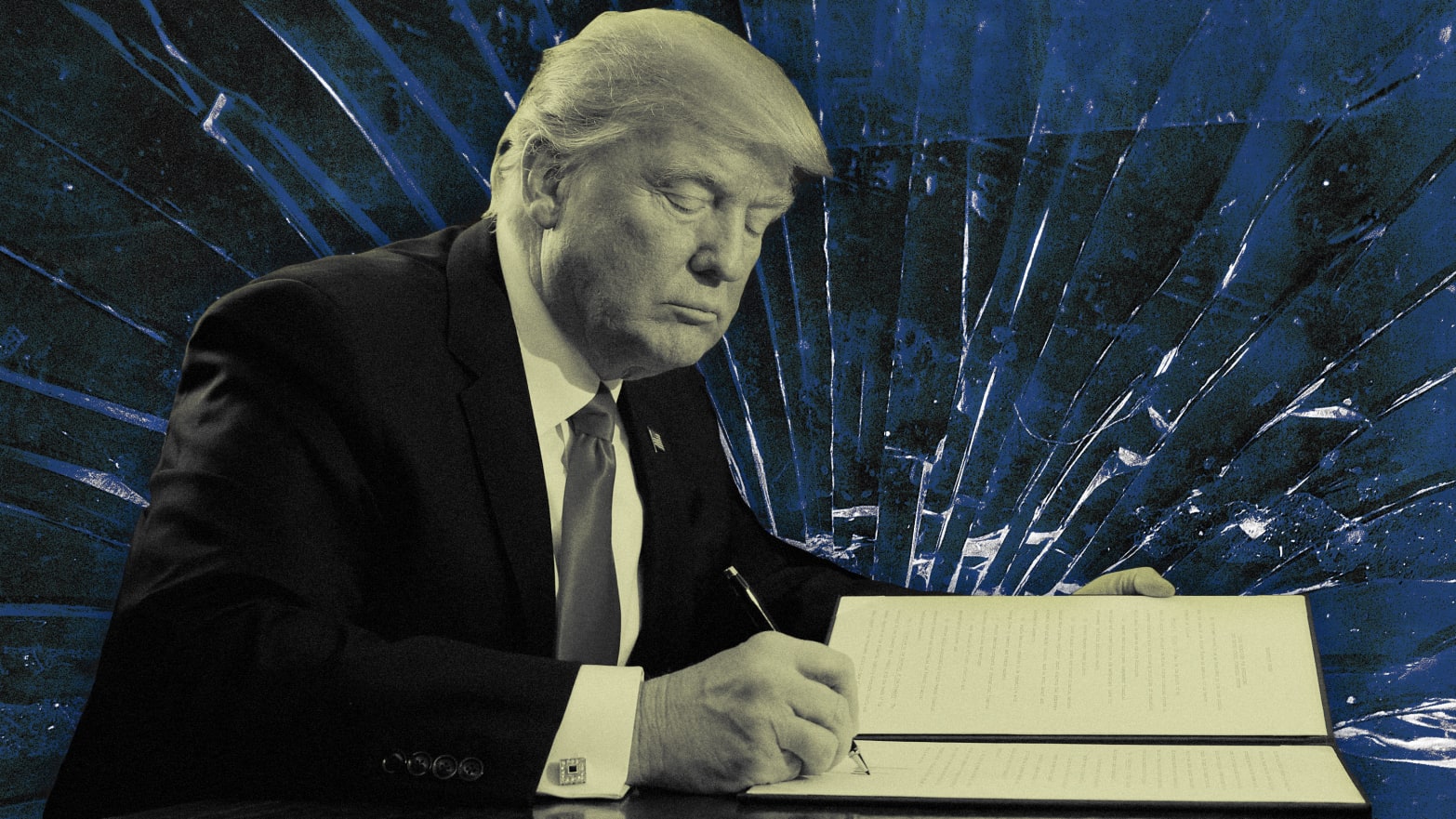![]()
Silicon Valley Bank’s collapse continues to rock the financial sector, with billions of dollars in customer money at stake. It is uncanny how the collapse of this once-respected institution that served the technology industry by financing startups reminds us of the 2008 Financial Crisis, when some of the largest financial institutions in the world failed.
In 1983, Silicon Valley Bank was established with the aim of providing financial services for the tech industry. It gained a reputation for being a top provider of funding to startups and emerging businesses. In recent years, however, the bank has begun to have financial problems. The bank had given risky loans out to struggling startups, and it was hit by a large number of defaults. The bank’s financial health suffered as a result.
Silicon Valley Bank was also facing increased competition from other financial institutions. Silicon Valley Bank lost market share as more banks started offering services tailored for the technology industry. Silicon Valley Bank tried to offer more traditional banking products, but it failed.
Silicon Valley Bank wasn’t technically a bank that was “too large to fail”, but it was a major player within the financial industry. The bank’s collapse served as a reminder that no financial institution is too large to fail. Investors and other banks started to doubt the stability of financial institutions as a result of the collapse. With the collapse of this bank, over $100 billion was lost in stock value for global banks.
After the collapse of Silicon Valley Bank on Saturday, U.S. president Joe Biden called California Governor Gavin Newsom to express the full support from the Government. Biden, in an attempt to calm the financial sector down, assured that the Obama administration’s 2008 measures will prevent the collapse of the entire industry.
Increased regulation is one of the most important measures. The government has implemented more stringent regulations for banks, especially those considered to be “too large to fail”. These regulations require that banks hold higher capital levels and undergo more rigorous testing to ensure stability.
A second measure is to increase oversight. The government has created new regulatory agencies to monitor the financial sector and ensure banks adhere to the new regulations. These bodies are empowered to investigate and punish any banks who violate the rules. It is clear that something was wrong with the system as it did not act quickly enough to stop the collapse of The Silicon Valley Bank.
The collapse of the banking system has led to questions regarding its future. Will fintech startups or traditional banks replace them in the future? Will regulation and oversight suffice to prevent future bankruptcies? It is most likely a mixture of both. The traditional banks will still exist, but will have to adapt to the changing financial landscape. Fintech startups are expected to continue disrupting the financial industry. However, they will face increased regulation and oversight.
The key to a stable system of finance is an equilibrium between innovation and regulation. Banks and financial institutions should be allowed to innovate, take risks and be held accountable. We can prevent future bank collapses by finding the right balance.
Treasury Secretary Yellen met with industry leaders to give further assurances to the markets. She is also actively looking for a buyer of the now-defunct Silicon Valley Bank.




















